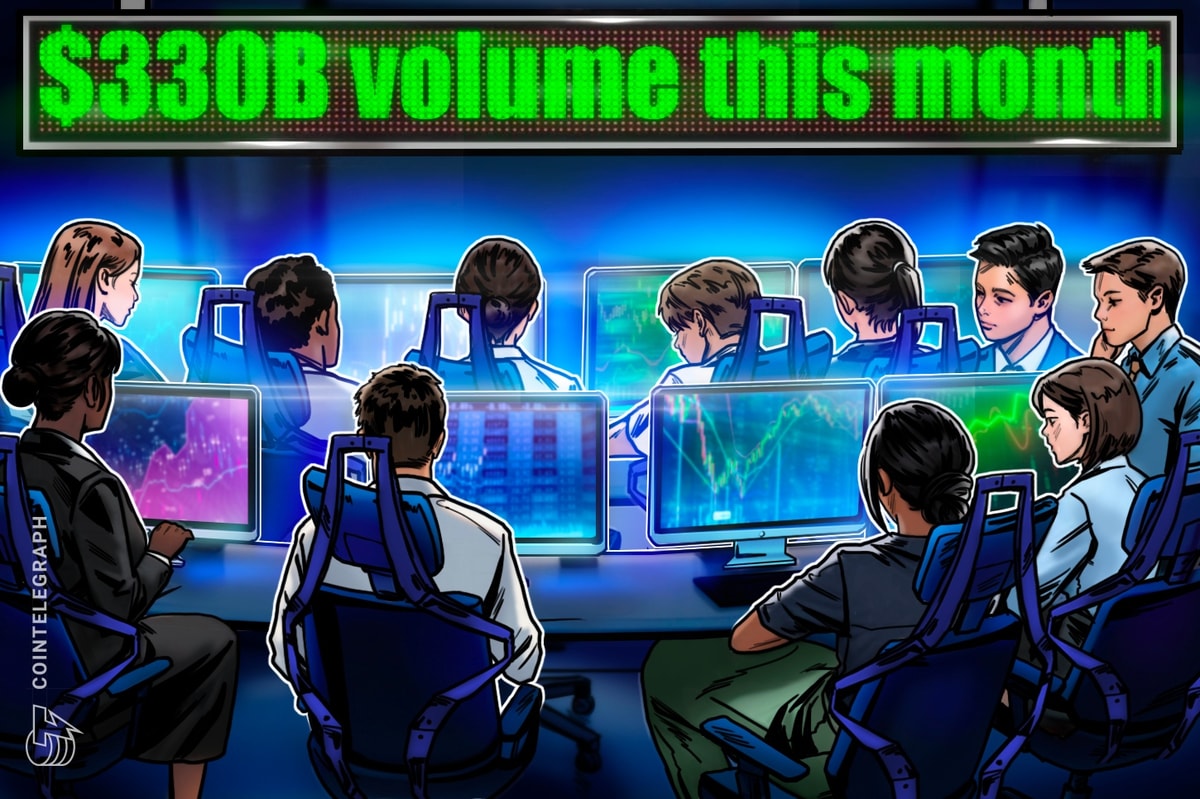Rebeca Moen
Sep 12, 2025 10:59
Binance Coin trades at $907.27, just shy of its 52-week high, with RSI at 65.57 and MACD showing bullish momentum as BNB breaks above key resistance levels.
Quick Take
• BNB currently trading at $907.27 (+0.74% in 24h)
• Binance Coin RSI at 65.57 indicates healthy upward momentum without overbought conditions
• BNB price sits just $0.01 below its 52-week high of $907.26, signaling potential breakout
What’s Driving Binance Coin Price Today?
While no significant news events have emerged in the past week to directly influence BNB price action, the token’s strong performance appears driven by technical momentum and broader market sentiment. The absence of negative catalysts has allowed Binance Coin to maintain its bullish trajectory, with the BNB/USDT pair demonstrating consistent strength across all major timeframes.
The current price action suggests institutional and retail confidence remains high in Binance’s ecosystem, with trading volume reaching $187.2 million on Binance spot markets over the past 24 hours. This substantial volume supports the legitimacy of the current price movement and indicates genuine buying interest rather than low-liquidity pumps.
BNB Technical Analysis: Strong Bullish Signals Emerge
The Binance Coin technical analysis reveals overwhelmingly positive momentum across multiple indicators. BNB’s RSI reading of 65.57 positions the token in an ideal zone for continued upward movement, avoiding both oversold conditions that might suggest weakness and overbought levels that could trigger immediate corrections.
Binance Coin’s MACD indicator shows particularly encouraging signals, with the MACD line at 17.72 well above the signal line at 15.20. The positive MACD histogram value of 2.52 confirms that bullish momentum is not only present but accelerating, suggesting the current uptrend has room to continue.
The moving average structure further supports the bullish case for BNB price. Binance Coin trades above all key moving averages, with the SMA 7 at $886.11, SMA 20 at $866.95, and SMA 50 at $834.04 all providing stepped support levels. Most notably, BNB maintains a significant premium above the SMA 200 at $684.73, indicating the long-term trend remains firmly bullish.
Binance Coin’s position relative to the Bollinger Bands presents both opportunity and caution. With a %B position of 1.04, BNB trades slightly above the upper band at $904.27, suggesting the token has reached a technically overbought condition in the short term. However, strong trends often see prices “walk the upper band,” making this positioning potentially sustainable if volume remains strong.
Binance Coin Price Levels: Key Support and Resistance
The immediate BNB resistance level sits at $909.69, representing both the 24-hour high and a crucial psychological barrier. A decisive break above this level could trigger significant momentum buying, potentially pushing Binance Coin toward new all-time highs.
For traders watching Binance Coin support levels, the most immediate backstop appears at $829.59, coinciding with the lower Bollinger Band. This level represents approximately 8.6% downside from current prices and would likely attract significant buying interest given the strong technical picture.
More substantial support for BNB lies at $730.01, representing the strong support level identified in our analysis. This level would constitute a deeper correction of approximately 19.5% but aligns with previous significant price action and could serve as an excellent entry point for long-term investors.
The pivot point at $902.74 provides intraday traders with a key reference level, with BNB currently trading above this mark supporting the near-term bullish bias.
Should You Buy BNB Now? Risk-Reward Analysis
For aggressive traders, the current BNB price action presents an attractive momentum play with clearly defined risk parameters. Based on Binance spot market data, entry at current levels with a stop-loss below $890 offers a tight risk-reward setup, targeting the psychological $920-930 range for initial profit-taking.
Conservative investors might consider waiting for a pullback toward the $870-880 range, where Binance Coin would find support from both the EMA 12 at $879.07 and the SMA 7 at $886.11. This approach would provide better entry prices while maintaining exposure to the strong underlying trend.
Swing traders should monitor BNB’s ability to hold above the $900 level through the next trading session. A sustained break below this level might indicate short-term profit-taking is beginning, potentially offering better entry opportunities around the $880-885 support zone.
The risk-reward profile heavily favors the upside given Binance Coin’s proximity to new highs and the absence of significant resistance levels above $910. However, traders should remain aware that the elevated Bollinger Band position suggests some near-term volatility is likely.
Conclusion
BNB price action over the next 24-48 hours will likely determine whether Binance Coin can establish new all-time highs or requires consolidation before the next leg higher. The technical picture strongly supports continued upward movement, with the RSI providing room for additional gains and the MACD confirming momentum remains positive.
Traders should watch for a decisive break above $909.69 as the catalyst for the next significant move higher, while those seeking entry points might find opportunities on any pullback toward the $880-890 support zone. With no significant resistance until well above current levels, BNB appears positioned for continued strength in the near term.
Image source: Shutterstock










